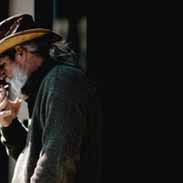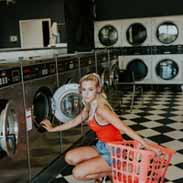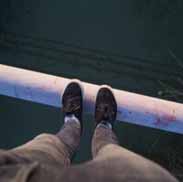Conjunctions Flashcards, test questions and answers
Discover flashcards, test exam answers, and assignments to help you learn more about Conjunctions and other subjects. Don’t miss the chance to use them for more effective college education. Use our database of questions and answers on Conjunctions and get quick solutions for your test.
What is Conjunctions?
Conjunctions are connecting words that join together different parts of a sentence. They can be used to connect words, phrases, and clauses. Conjunctions are an essential part of English grammar and provide structure to our language. There are three main types of conjunctions: coordinating, subordinating, and correlative. Coordinating conjunctions connect two equal parts of a sentence such as two nouns, two verbs or two adjectives. These include words like ˜and’, ˜but’ and ˜or’ which help us to express the relationship between two ideas in a sentence. For example: John went running and swimming. Here the coordinating conjunction ˜and’ is used to link together the verb ˜went running’ with the verb ˜swimming’. Subordinating conjunctions help introduce dependent clauses into sentences by connecting them to independent clauses within that same sentence. These include words like ‘because’, ‘although’ and ‘if’. For example: I stayed home because I was tired. The subordinating conjunction ˜because’ is used to show the cause-effect relationship between the independent clause (I stayed home) with the dependent clause (I was tired). Lastly there are correlative conjunctions which link together pairs of adjectives or adverbs in a sentence. These let us show relationships between ideas in more detail than just using one word connectors like ‘and’. Words like ‘both..and’, ‘neither..nor’ and ‘not only..but also’ all fall under this category. For example: We not only had fun but also made lots of new friends. Here the correlative conjunction ˜not onlybut also’ is used to link together how much fun we had with how many new friends were made during our time together. In conclusion, conjunctions play an important role in English grammar by allowing us to express relationships between ideas effectively without having awkward long sentences full of single-word connectors or too many commas.























